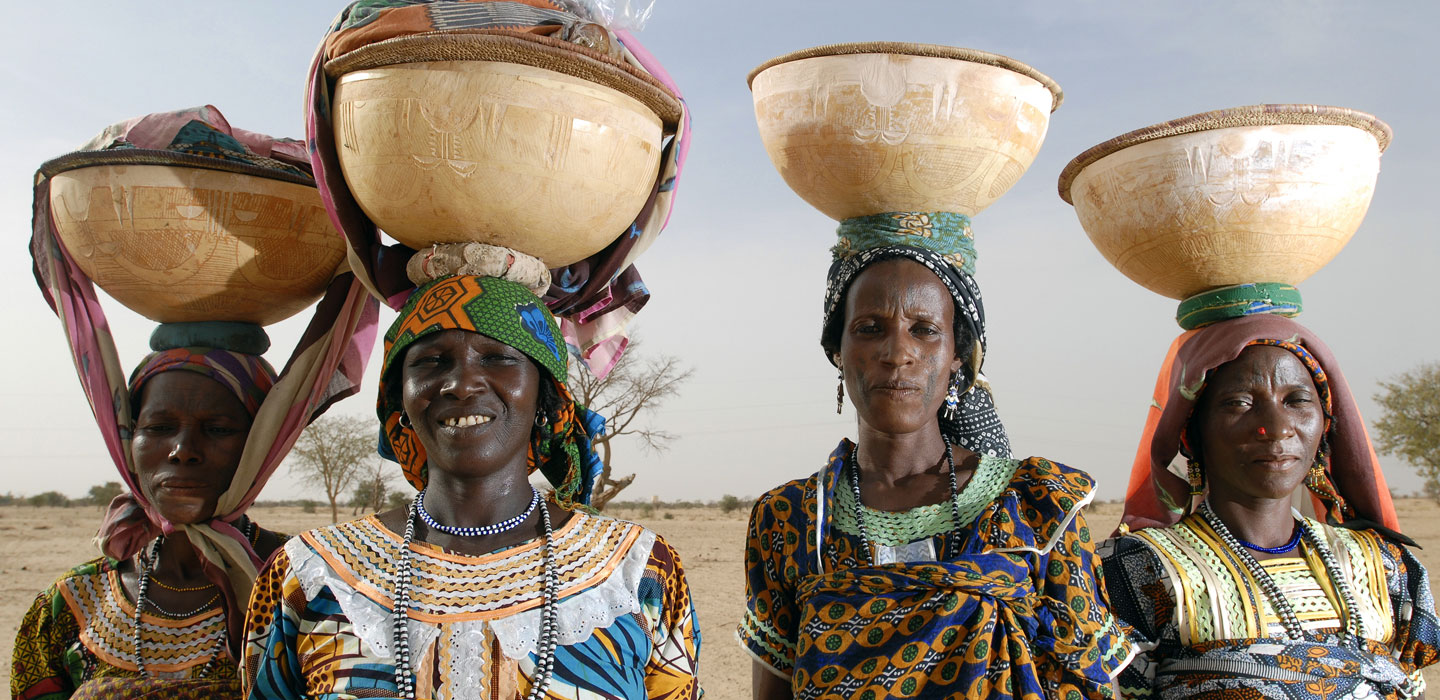Outils et directives
Outils et directives

Outils et directives
Menu Affichage
Search Results Filters
Résultats de recherche
Outil d’évaluation multidimensionnelle de la pauvreté (MPAT): Guide de l’utilisateur
L’objectif final de ce Guide de l’utilisateur et du Tableur Excel qui l’accompagne est de faire du MPAT un outil réellement libre et accessible à tous, afin que toute institution ou agence, quelle que soit son échelle, puisse mettre en œuvre son propre MPAT sans appui externe. Depuis la publication en 2009 de la version “bêta», nous nous sommes employés à mettre à jour et à améliorer la méthodologie du MPAT en intégrant les commentaires et les leçons apprises par d’autres utilisateurs en y incorporant les résultats de nos propres tests itératifs au Bangladesh et au Mozambique. Au cours des pages suivantes, nous expliquerons qu’est-ce MPAT, comment il fonctionne et de quelle façon il est utilisé en fournissant étape par étape des instructions, des documents et d’autres sources de formation.
The Multidimensional Poverty Assessment Tool (MPAT)
The Multidimensional Poverty Assessment Tool provides data that can inform all levels of decisionmaking by providing a clearer understanding of rural poverty at the household and village level. As a result, MPAT can significantly strengthen the planning, design, monitoring and evaluation of a project, and thereby contribute to rural poverty reduction.
Voluntary Guidelines on the Responsible Governance of Tenure of Land, Fisheries and Forests - Implications for IFAD
Following an inclusive consultation and negotiation process, which involved more than 70 countries, international organizations, and representatives of the civil society and the private sector, the Voluntary Guidelines on the Responsible Governance of Tenure of Land, Fisheries and Forests in the Context of National Food Security (VGs) were officially endorsed by the Committee on World Food Security on 11 May 2012. The VGs set out principles, technical recommendations and practices for improving the governance of tenure of land, fisheries and forests. They promote secure tenure rights and equitable access to these resources as a means of eradicating hunger and poverty, supporting sustainable development and protecting the environment. They give recommendations to countries and to other key actors, who are strongly encouraged to adopt and use them on a voluntary basis.
République du Niger: Note technique par pays sur les populations autochtones
La République du Niger a une population multi-ethnique, parmi laquelle, les Touareg, les Peulh et les Toubou s‘auto-identifient comme autochtones.
Agricultural value chain finance strategy and design
This technical note serves as a guide to the design of appropriate programme interventions that apply value chain financing approaches to the development of competitive agricultural value chains.
It emphasizes interventions that promote financial inclusiveness and the overall development goals of governments, as well as those of technical and funding agencies.
Microinsurance Product Development for Microfinance Providers
This document is intended to aid delivery channels, microfinance providers in particular, in working with insurance companies to develop successful microinsurance products for the low-income market.
A systematic new-product development process is crucial to the success of microinsurance products for many reasons, including: Saving money – by maximizing the potential for product success; Saving management and staff time – by ensuring, within reason, that the product has market demand, and by working out staff and systems issues early in the process, when it is easier and cheaper to make changes; Generating goodwill in one’s market – by offering products that will not have to be withdrawn or substantially altered once they are offered throughout the market. The process outlined in this manual will help microinsurance developers create successful microinsurance products. ‘Success’ means meeting the needs of the three major parties in the microinsurance relationship: low-income policyholders, the insurer and delivery channels.
Process Mapping for Microinsurance Operations: A Toolkit for Understanding and Improving Business Processes and Client Value
This manual is intended as an aid to microinsurance institutions. It presents a technique called ‘process mapping’ that can support institutions in self-analysis by assisting them in understanding, developing and improving business processes. Although the concepts presented may be used for many types of projects and processes, this manual was specifically developed as a supplement to Microinsurance product development for microfinance providers (McCord 2012).
The manual describes how a process map can be drawn, analysed and adapted for the microinsurance sector. It offers practical guidance about which processes to concentrate on, and guides the reader through the task of improving these processes, first on paper and then in practice. For more information please click on the link below.
Matching grants - Technical Note
Tanzania: Country Technical Note on Indigenous Peoples Issues
The United Republic of Tanzania (URT) has a multi-ethnic population with more than 125 different ethnic communities. Four of these—the Hadzabe, the Akie, the Maasai and the Barabaig—identify themselves as indigenous peoples.